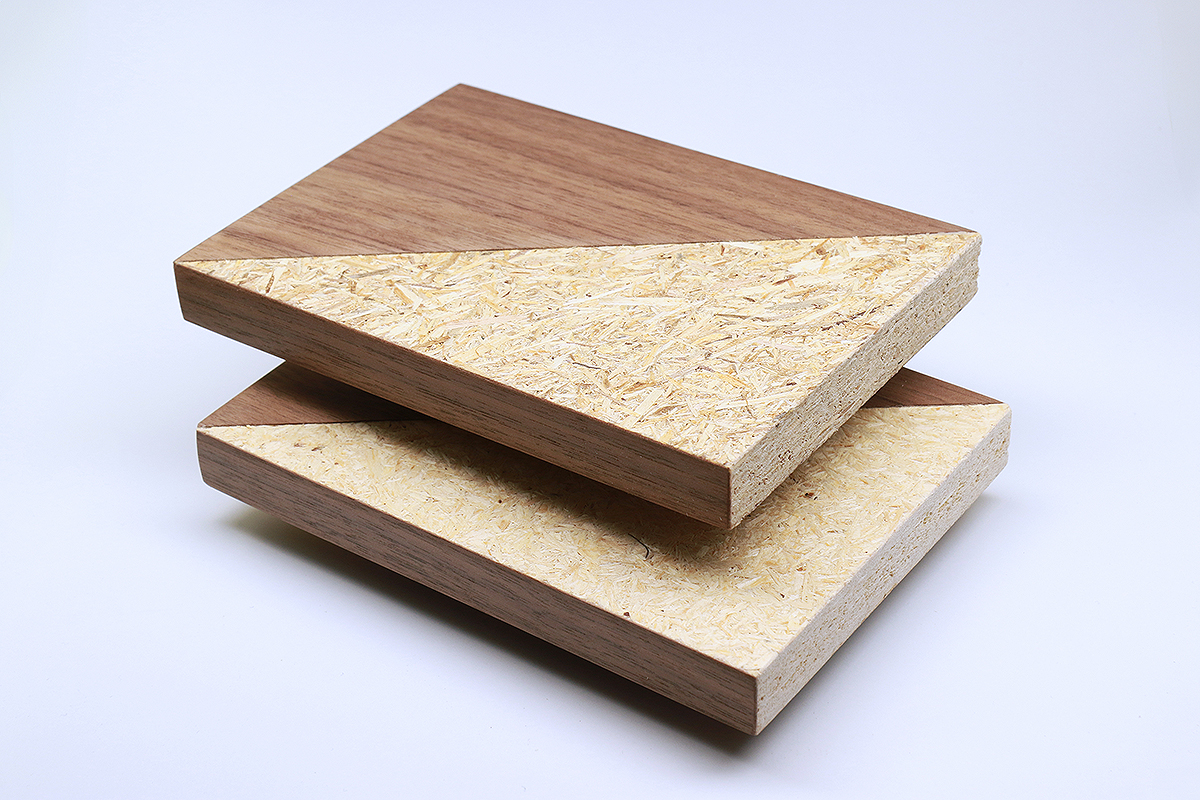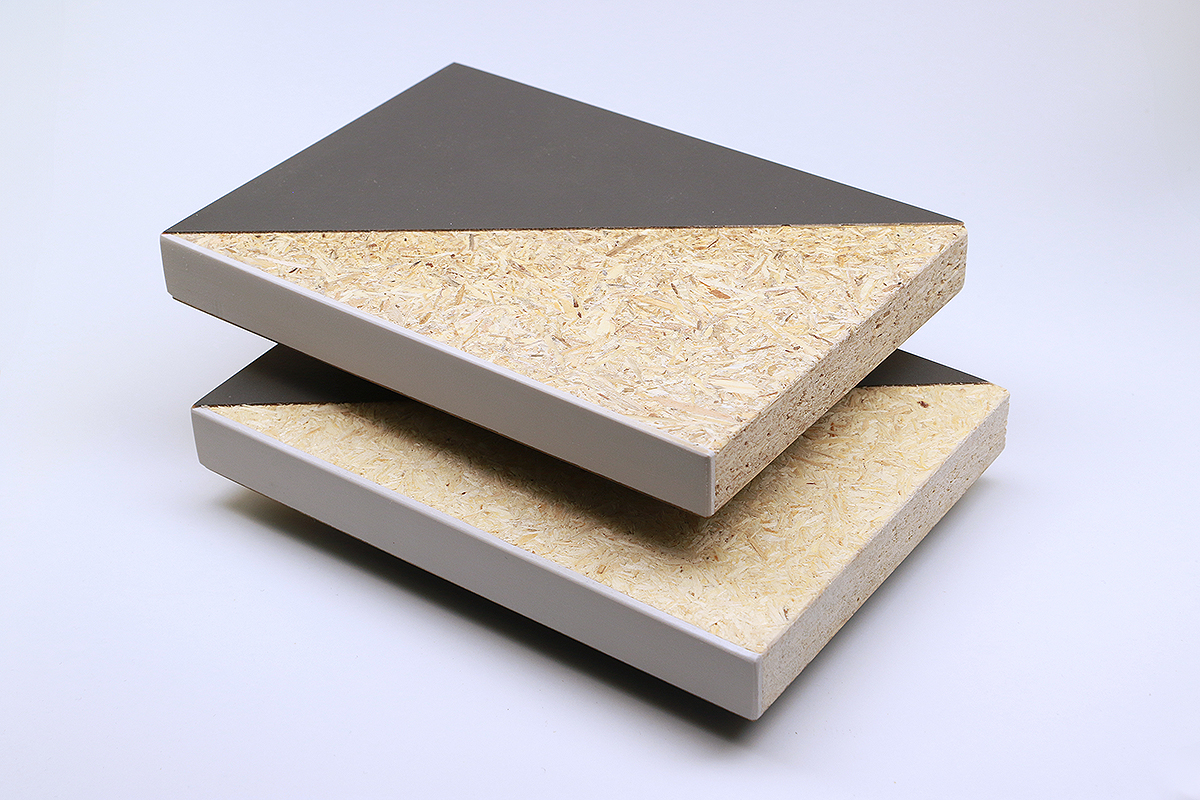AltholzDialog:
Social dialog and quality assurance in the utilization of waste wood along the value chain
Re-using wood several times: Good for the climate, technically possible and economically interesting. However, products made from waste wood are difficult to market. The problem is that potential buyers need to understand the benefits of waste-wood products and be able to trust that waste wood has indeed been utilized. For this reason, we are, in collaboration with the Thünen Institute, developing scientifically based recommendations for action with regard to quality assurance and end-user awareness - for example with the help of certificates and quality seals. As waste wood is almost exclusively utilized materially in particle-board production, we are focusing on this material and the products made therefrom, in particular furniture. The aim is to increase the market share of products based on waste wood and, consequently, to provide a contribution towards both the efficient use of raw materials and climate protection.


The problem with particle boards made from waste wood and with furniture made from them is that they are so-called “credence goods”. This means that buyers cannot tell by simply looking at the product and have little opportunity to verify whether the particle boards are actually made from recycled wood or fresh wood.
In order to strengthen trust in waste-wood products, we would like to develop the basis for continuous quality assurance in this project - from waste wood through to the finished product. The basic idea is to document and identify the utilization of waste wood in every processing step in accordance with uniform specifications. This would enable certification and the confidence-building labeling of waste-wood products, for example with private-law quality seals or in accordance with statutory requirements. Furthermore, additional possibilities for communication with end-users are being investigated.
In order to achieve the highest possible level of acceptance for the recommendations for action developed in the project, all relevant participating groups along the value chain will be involved:
- Collection and preparation: waste-disposal and recycling companies
- Processing and production: particle-board and furniture manufacturers
- Trade: furniture stores
- Clientele: end-users
This is a challenging goal in a relatively confined market environment. For this purpose, we employ established consumer-research methods, such as individually conducted in-depth interviews.
Last modified:
 Fraunhofer Institute for Wood Research
Fraunhofer Institute for Wood Research 

